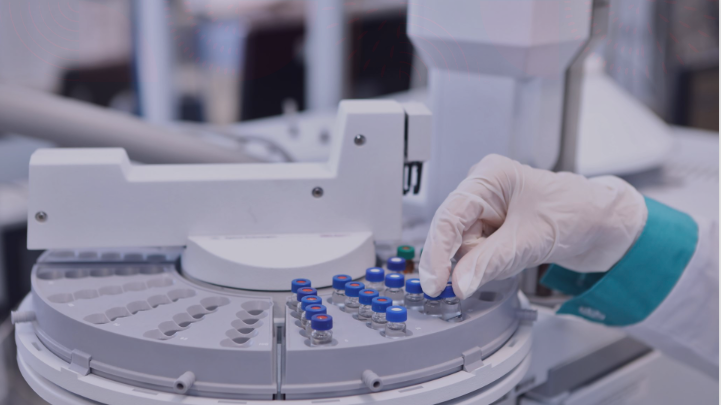
- This event has passed.
Visual Inspection Monitoring for Manufacturing
October 17, 2023 @ 8:00 am - 5:00 pm

Computer vision can be used in manufacturing for quality assurance by automatically inspecting products for defects or deviations from specifications. This can be done using techniques such as image processing and machine learning to analyze images or videos of the products. This can help to improve the accuracy and efficiency of the inspection process and reduce the need for human inspection. Some examples of computer vision application in manufacturing include:
Identifying defects on a surface of a product
Computer vision can be used to identify defects on a product surface by using techniques such as image processing, pattern recognition, and machine learning. This can be done by capturing an image of the product surface, pre-processing the image to remove noise and improve contrast, then using algorithms to detect any anomalies or defects that deviate from a standard pattern. Some common defects that can be detected include scratches, cracks, chips, and blemishes. The results can be used for quality control and to improve the manufacturing process.
Checking the alignment and orientation of components
Computer vision can be used to check the alignment and orientation of components by using image processing and computer vision algorithms. This can be done by capturing an image of the components and using algorithms to analyze the image and determine the relative positions and orientations of the components. Some common algorithms used for this include feature detection, template matching, and edge detection. The results can be used for quality control and to improve the manufacturing process by ensuring that components are properly aligned and oriented. This can help to reduce defects and improve product reliability.
Measuring dimensions and tolerances
Computer vision can be used for measuring dimensions and tolerances by analyzing images of objects and using algorithms to extract dimensional information. This can be done using techniques such as edge detection, blob analysis, and pattern recognition. The system can be calibrated using a known reference object, and then used to measure the dimensions and tolerances of other objects. The results can be used for quality control, to ensure that products meet specified dimensional requirements, and for process improvement, by using the data to optimize production processes. The use of computer vision in measuring dimensions and tolerances can increase accuracy and efficiency compared to manual measurements.
Detecting missing or misplaced parts
Computer vision can be used to detect missing or misplaced parts by analyzing images of a complete assembly and comparing it to a reference image of the expected assembly. This can be done using image processing techniques such as object detection, pattern recognition, and machine learning. The system can be trained on a set of images to learn what a complete assembly should look like, and then use this knowledge to identify any missing or misplaced parts in new images. The results can be used for quality control, to ensure that all necessary parts are present and properly assembled, and for process improvement, by using the data to optimize production processes. The use of computer vision in detecting missing or misplaced parts can increase accuracy and efficiency compared to manual inspection.
Monitoring assembly processes for compliance with standard procedures
Computer vision can be used to monitor assembly processes for compliance with standard procedures. This is done by using cameras to capture images and videos of the assembly process, and then using computer vision algorithms to analyze the images and videos in real-time. These algorithms can be used to detect deviations from standard procedures, such as incorrect assembly sequence or incorrect parts being used. This information can then be used to alert operators to take corrective action or to record non-compliant actions for further analysis and improvement of the process.
Tracking and identifying products throughout the manufacturing process
Computer vision can be used for tracking and identifying products throughout the manufacturing process. This is done by using cameras to capture images and videos of the products at various stages of the manufacturing process, and then using computer vision algorithms to analyze the images and videos in real-time. These algorithms can be used to identify individual products and track them as they move through the manufacturing process. This information can then be used to ensure that each product is processed correctly, and to track the location of products within the manufacturing facility. Additionally, computer vision can also be used to verify product quality, by analyzing images of each product to ensure that it meets specified quality standards
